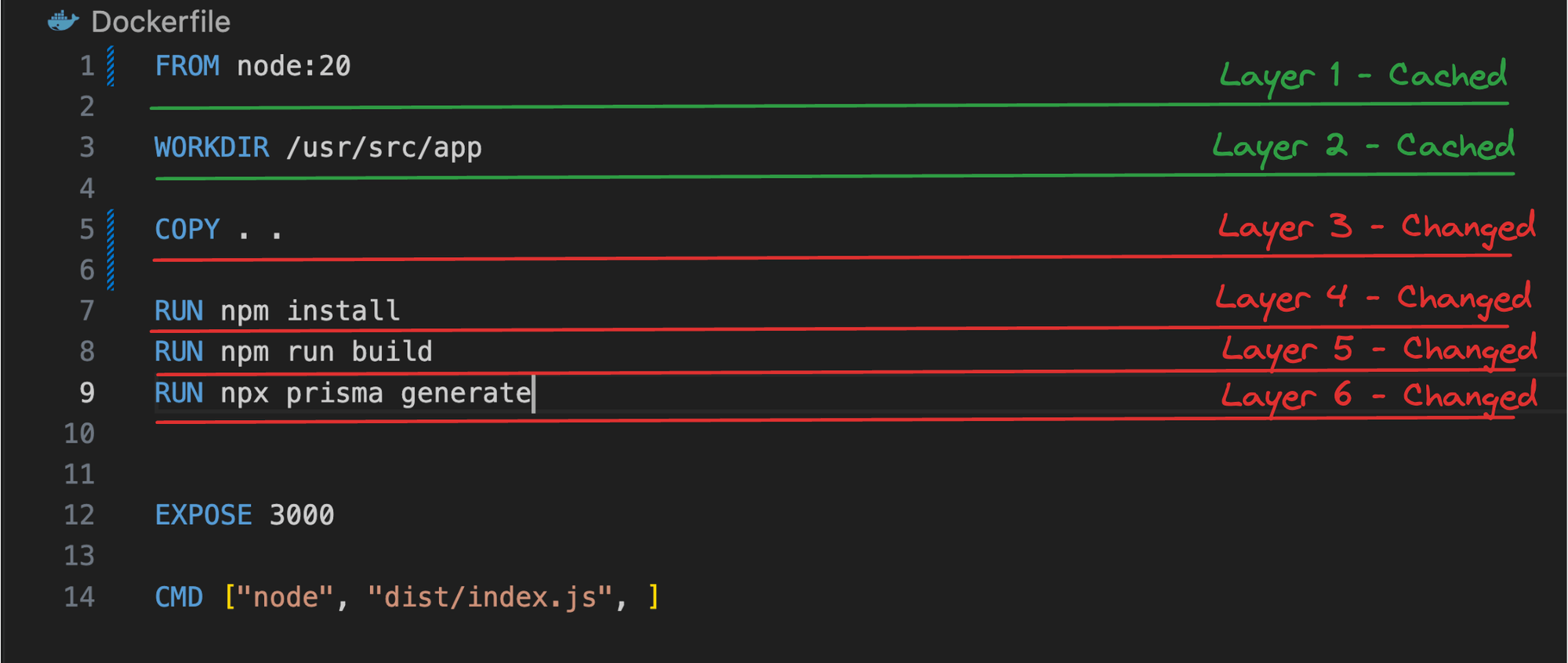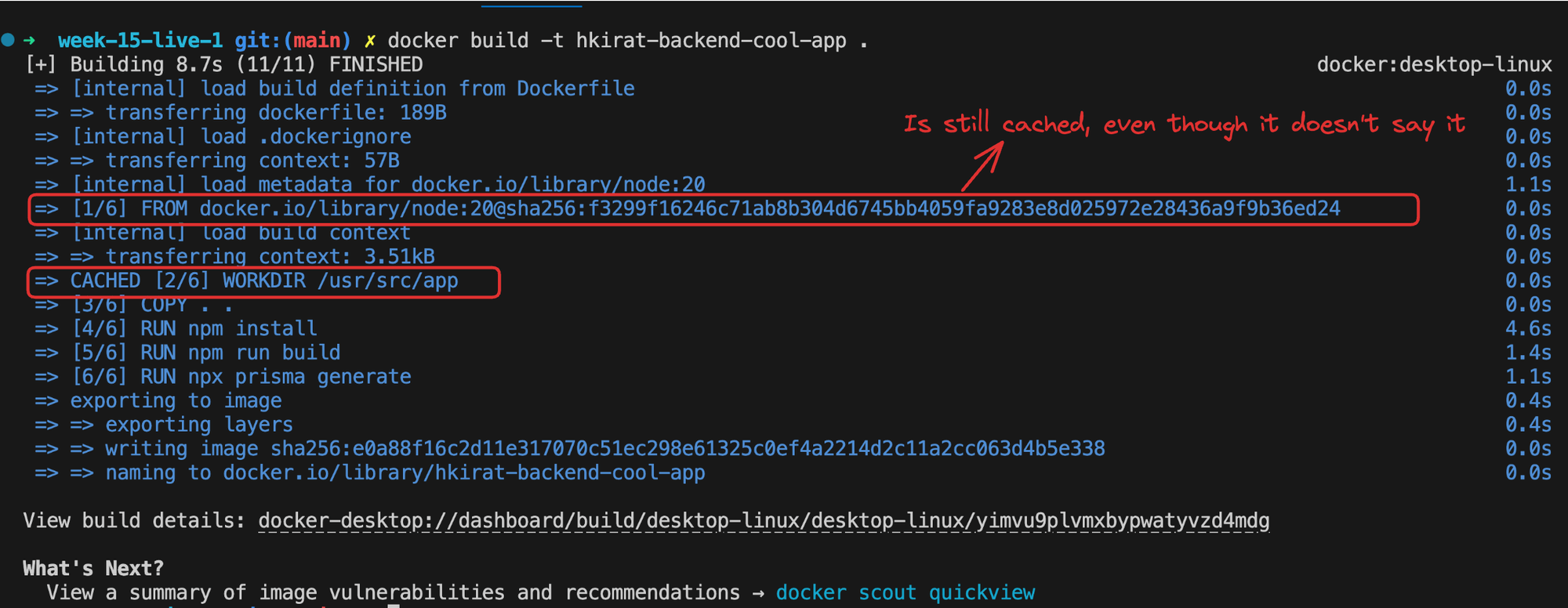🐳 Docker In-Depth: A Developer’s Guide for Local Development
 Kean Serna
Kean Serna
If you're a developer looking to streamline your environment, ensure consistency across teams, or just want to run your app in isolated containers Docker is your best friend. This post dives into Docker fundamentals, real-world usage, and practical commands with examples tailored for local development.
🚀 Getting Started with Docker
Before diving in, install Docker from the official docs:
👉 Install Docker Engine
After installing, run this command to check if Docker is working:
docker
⚙️ How Docker Works (Inside Docker)

Under the hood, Docker uses several core Linux features like namespaces, cgroups, and union file systems.
Namespaces: These provide isolation between containers. Each container gets its own network, file system, and process space.
Control Groups (cgroups): These limit the resources (CPU, memory, etc.) that a container can use.
Union File Systems: Docker images are made up of multiple layers. Each instruction in a Dockerfile (like
RUN,COPY) creates a new layer, which helps with caching and efficiency.
When you run a Docker container, Docker combines the image layers, mounts a new read-write layer on top, and then launches the process inside an isolated environment.
🧰 Essential Docker Commands
Here are some go-to commands every developer should know:
| Command | Description |
docker images | List available Docker images |
docker ps | List running containers |
docker ps -a | List all containers |
docker run | Run a new container |
docker start <id> | Start a stopped container |
docker kill <id> | Stop a running container |
🔍 Access a Running Container
docker exec -it <container_id> /bin/sh # For Alpine-based or minimal images
docker exec -it <container_id> /bin/bash # For Ubuntu/Debian images
docker exec <container_id> ls /path/to/folder # List contents inside container
📦 Dockerfile Basics
Here’s a sample Dockerfile for a Node.js app using Prisma:

Breakdown:
WORKDIR: Set working directory inside containerRUN: Execute shell commandsCMD: Command to run when container startsEXPOSE: Expose portsCOPY: Copy files from host to image
Logs:

🧱 Images vs Containers
Understanding the difference between Docker images and containers is key.
A Docker image is a blueprint. It’s a read-only template with instructions for creating a container, like a snapshot of your application’s code, dependencies, and environment.
A container is a running instance of an image. It’s the real process isolated from your system, created from an image.

☁️ Pushing Docker Images to DockerHub
Create a DockerHub account
Create a new repository
Login:
docker loginTag your image:
docker tag <image_id> dockerhub_username/repo_name:tagPush it:
docker push dockerhub_username/repo_name:tag
🔌 Docker Networks & Volumes

Volumes: Persisting Data
docker volume create volume_database
docker run -v volume_database:/data/db -p 27017:27017 mongo
Networks: Connecting Services
docker network create my_custom_network
# Backend with custom network
docker run -d -p 3000:3000 --name backend --network my_custom_network image_tag
# MongoDB on same network
docker run -d -v volume_database:/data/db --name mongo --network my_custom_network -p 27017:27017 mongo
# Check logs
docker logs <container_id>
Network Types:
Bridge (default): For isolated communication between containers
Host: Shares host network directly (use with caution)
Without volume:

With volume:

🧩 Docker Compose
For multi-container setups, use docker-compose.yml:
version: '3.8'
services:
mongodb:
image: mongo
container_name: mongo-database
ports:
- '27017:27017'
volumes:
- mongodb_data:/data/db
app:
build:
context: .
dockerfile: Dockerfile
image: testingimage2
container_name: backend-mongo
environment:
- DATABASE_URL=mongodb://mongo-database:27017/course
ports:
- '3000:3000'
depends_on:
- mongodb
volumes:
mongodb_data:
Common Commands:
docker compose up # Start containers
docker compose down # Stop and remove containers
docker compose logs # View container logs
docker compose down --volumes # Remove all volumes as well
🔄 Bind Mounts (Hot Reloading)
Useful for development, especially with frameworks like Next.js.
Sample Dockerfile:
FROM node:20-alpine
WORKDIR /nextapp
COPY package* .
RUN npm install
COPY . .
EXPOSE 3000
CMD ["npm", "run", "dev"]
docker-compose.yml:
version: '3'
services:
nextapp:
build: .
container_name: nextapp-docker
ports:
- 3000:3000
volumes:
- .:/nextapp
- /nextapp/node_modules
Without Compose:
docker run --name next-dev \
-v .:/nextapp \
-v /nextapp/node_modules \
-p 3000:3000 \
-d nextjs-image
🧠 Final Thoughts
Docker simplifies app development and deployment with containers that are fast, lightweight, and consistent across machines. Whether you're building APIs, full-stack apps, or databases, Docker should be part of your toolkit.
Happy Docking! 🐳
Follow me on Hashnode: https://hashnode.com/Kean De La Serna
Subscribe to my newsletter
Read articles from Kean Serna directly inside your inbox. Subscribe to the newsletter, and don't miss out.
Written by
